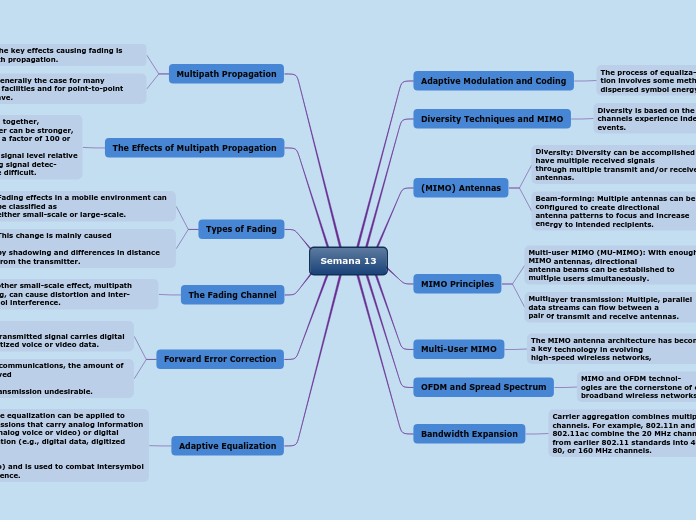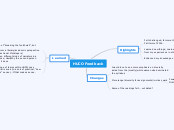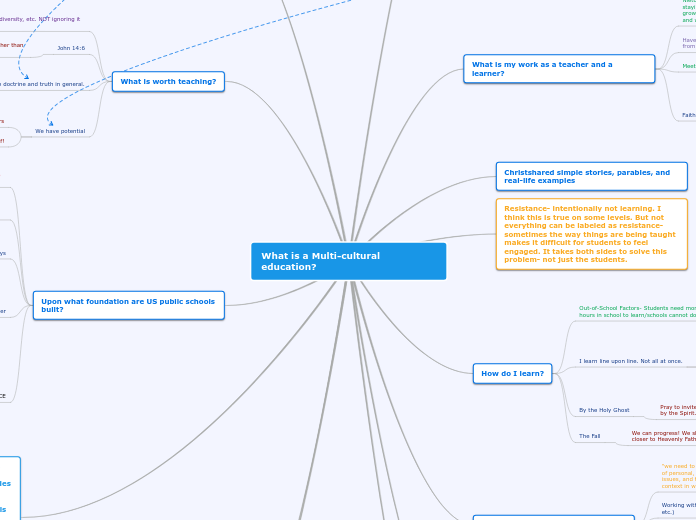arabera Alejandro Huebla Tello 4 years ago
295
Semana 13
The principles of MIMO (Multiple Input Multiple Output) technology are essential in modern wireless communication, allowing multiple parallel data streams between transmit and receive antennas.









